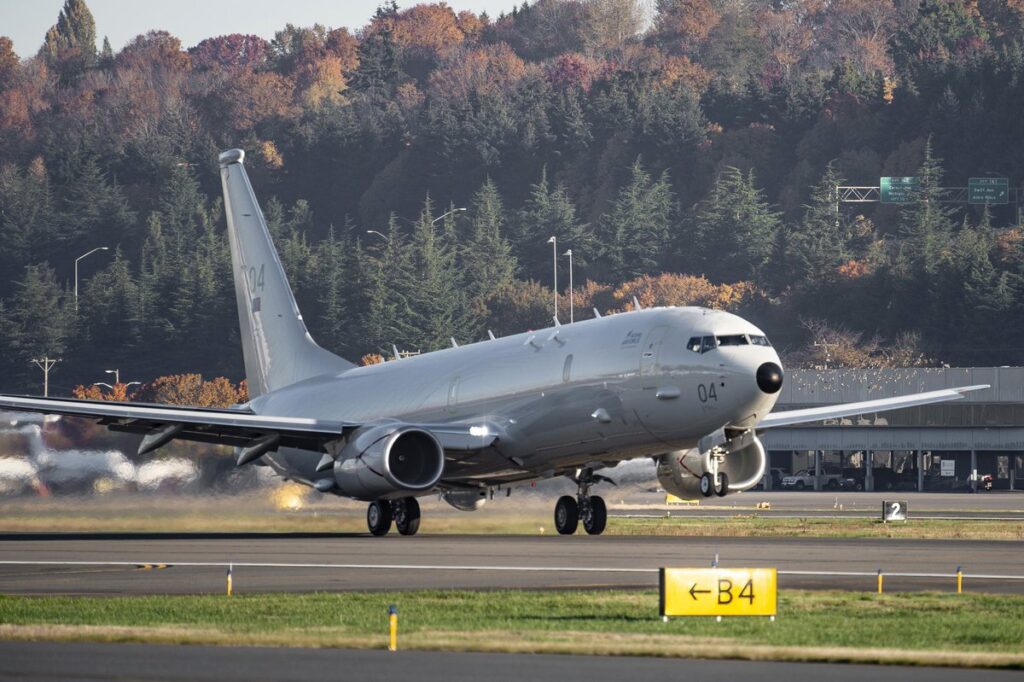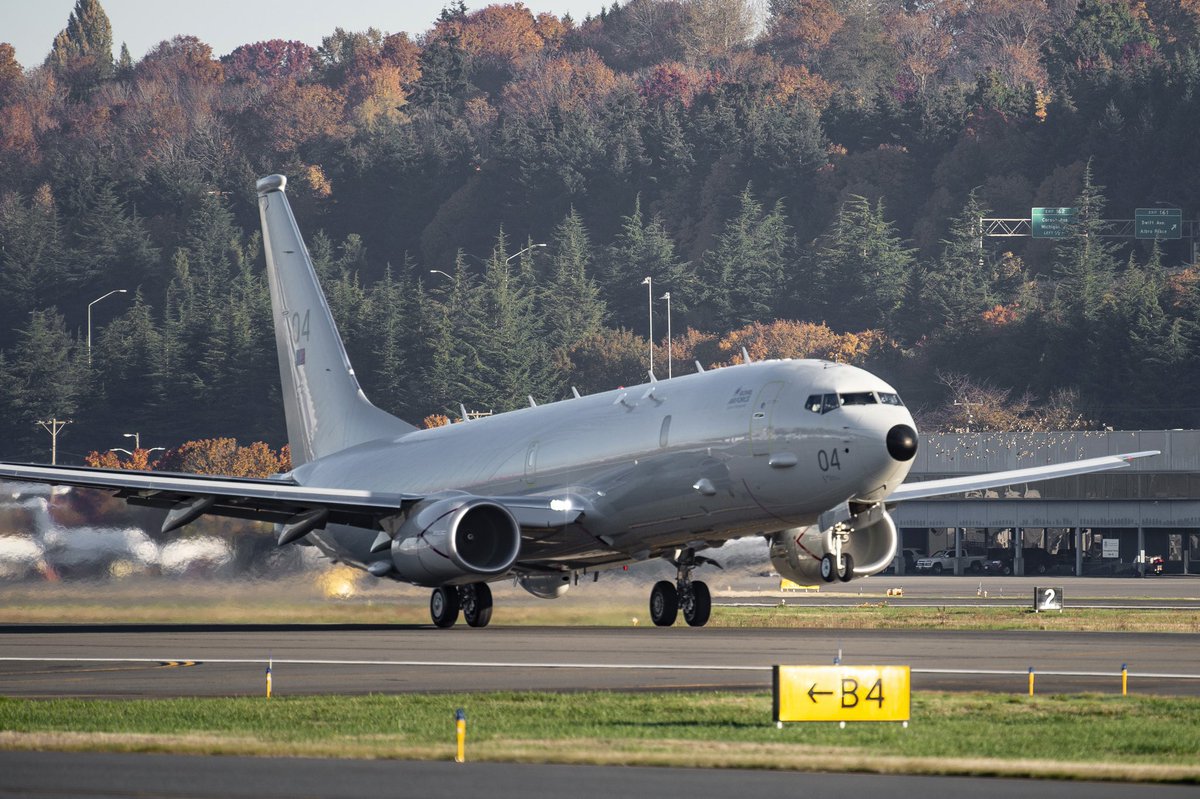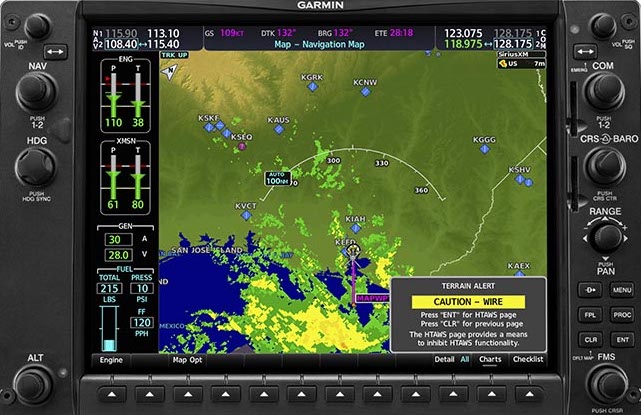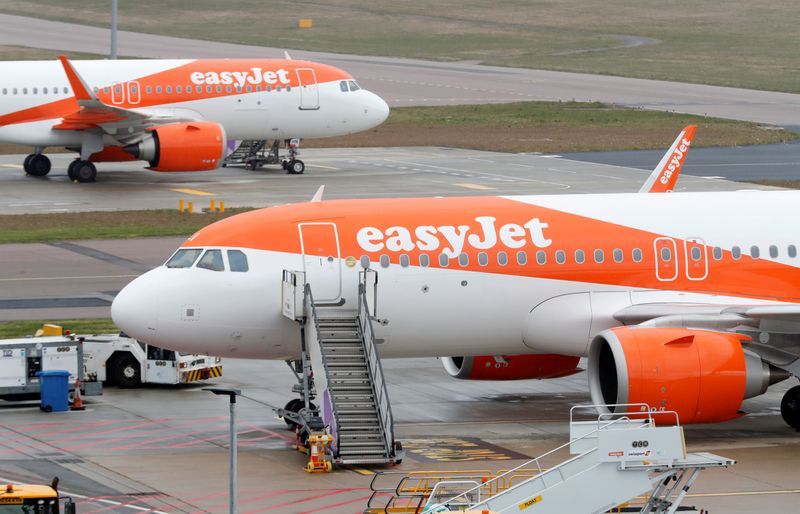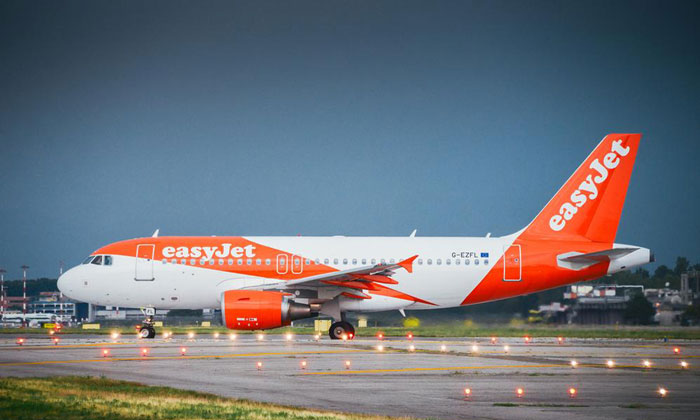The U.S. Navy recently awarded Boeing [NYSA: BA] a Foreign Military Sales (FMS) contract, valued at $109 million, to provide P-8A Poseidon training for the Royal New Zealand Air Force (RNZAF). A suite of training systems and courseware will prepare RNZAF aircrew and maintainers to safely and effectively operate and maintain the world’s premier maritime patrol and reconnaissance aircraft for decades to come.
Boeing’s holistic P-8 training system will enable the RNZAF to conduct up to 70 percent of all Poseidon-related training in a simulated environment. As part of the contract, Boeing will provide:
Operational Flight Trainer (OFT) – Full-motion simulator incorporates all P-8 unique displays and switches.
Weapons Tactics Trainer– Simulates mission systems and tactical operations, and when coupled with the OFT, forms a Weapons Systems Trainer that enables multi-crew, high-fidelity mission rehearsal training in the same simulated environment.
Virtual Maintenance Trainer – Enables training of maintenance professionals to properly perform maintenance tasks and procedures on the P-8A aircraft.
Scenario Generation Station – Creates custom scenarios for mission training.
Brief/Debrief Station – Provides post-mission analysis and playback.
In addition, Boeing’s Electronic Classroom will give RNZAF instructors and students access to courseware and testing capabilities. Boeing also will provide initial Instructor Cadre Training to a group of RNZAF instructors, enabling them to continue training additional RNZAF P-8A instructors and aircrews following delivery of the training system in early 2024.
“This holistic training system will enable aircrew to safely train for all aspects of flying and maintaining the P-8A Poseidon,” said Tonya Noble, director of International Defense Training for Boeing. “We look forward to bringing these training capabilities in-country and working alongside the RNZAF to ensure readiness of aircrew and maintenance personnel.”
All training will be conducted in Ohakea, New Zealand. In March 2020, the RNZAF acquired four P-8A Poseidon aircraft through the U.S. Navy FMS process, with expected delivery beginning in 2023. New Zealand is one of seven nations operating the P-8.
Boeing is the world’s largest aerospace company and leading provider of commercial airplanes, defense, space and security systems, and global services. As a top U.S. exporter, the company supports commercial and government customers in more than 150 countries, leveraging the talents of a global supplier base. Building on a legacy of aerospace leadership, Boeing continues to lead in technology and innovation, deliver for its customers and invest in its people and future growth.
